ESCALAB QXi X-ray Photoelectron Spectrometer Microprobe
Meet your demands for increased analytical performance and flexibility with the Thermo Scientific™ ESCALAB™ QXi X-ray Photoelectron Spectrometer (XPS) Microprobe, which combines high spectral sensitivity and resolution with quantitative imaging and multi-technique capabilities.
The ESCALAB QXi XPS Microprobe is an expandable and optimized multi-technique instrument with unparalleled flexibility and configurability. It is extremely sensitive, producing high-quality spectra in seconds. System control, data acquisition, processing, and reporting are seamlessly integrated in the powerful Thermo Scientific Avantage Data System. The cutting-edge technology, driven by intuitive software, guarantees world-class results and productivity. The ESCALAB QXi XPS Microprobe, with its unique dual detector system, also delivers superb XPS imaging with excellent spatial resolution.

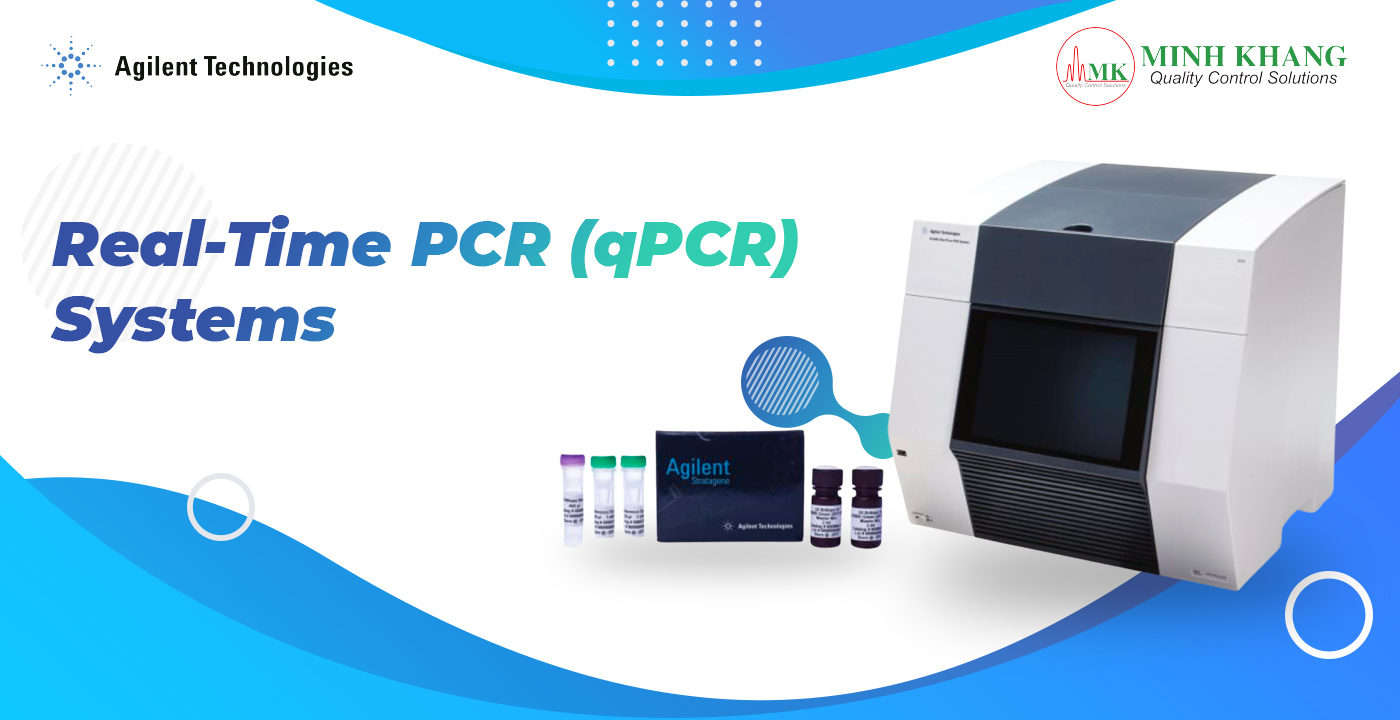

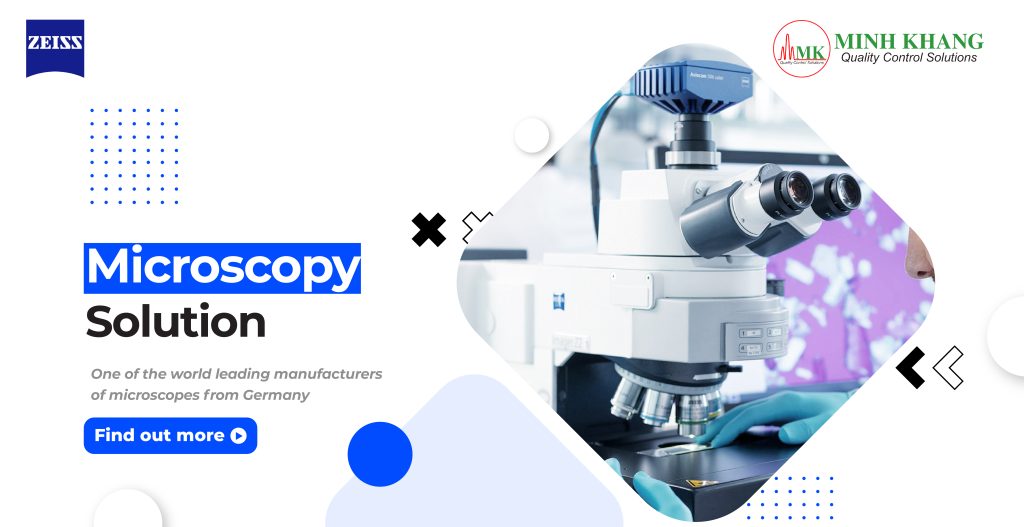
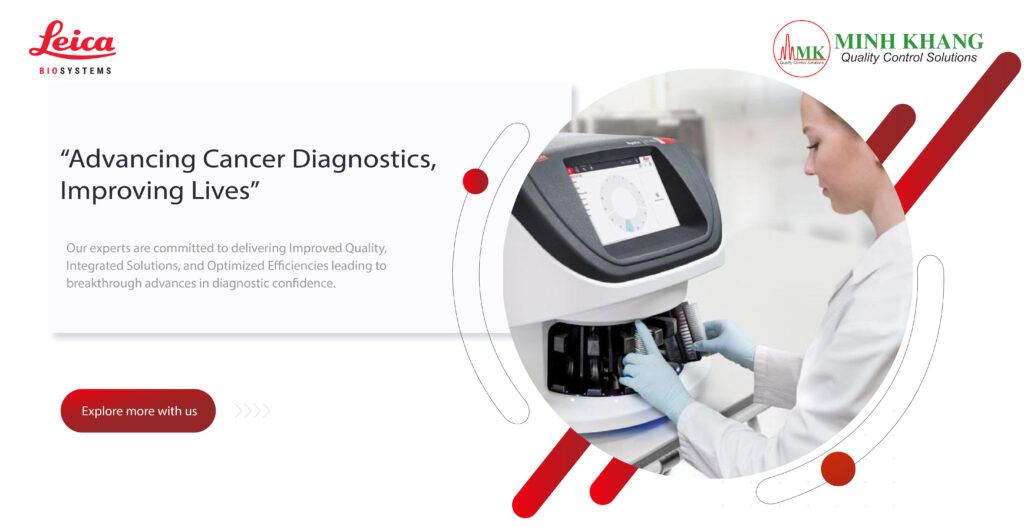




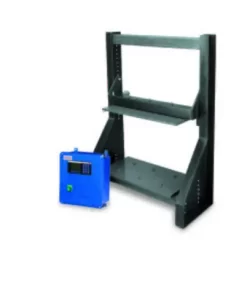
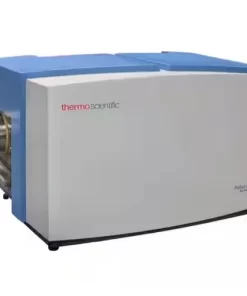
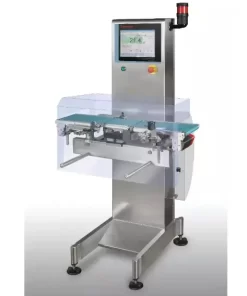

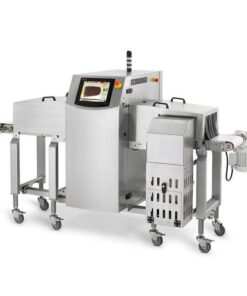
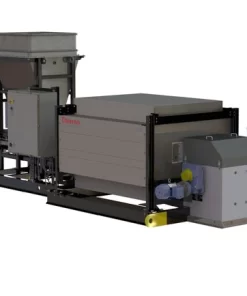

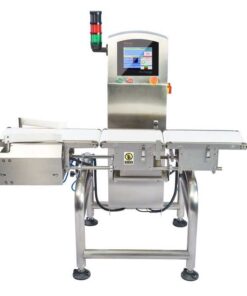
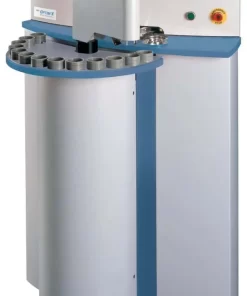
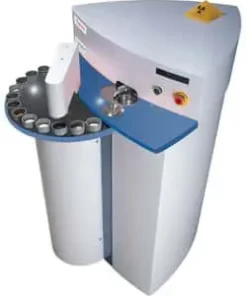
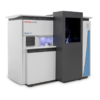


 VI
VI